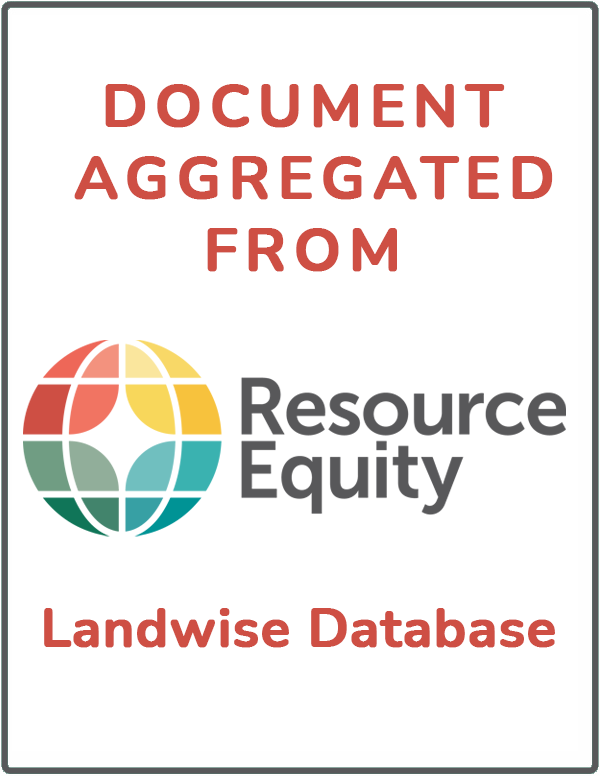A land of vast distances and rich natural resources, Canada became a self-governing dominion in 1867, while retaining ties to the British crown. Economically and technologically, the nation has developed in parallel with the US, its neighbor to the south across the world's longest international border. Canada faces the political challenges of meeting public demands for quality improvements in health care, education, social services, and economic competitiveness, as well as responding to the particular concerns of predominantly francophone Quebec. Canada also aims to develop its diverse energy resources while maintaining its commitment to the environment.
Canada is a federal parliamentary democracy under a constitutional monarchy and a part of the Commonwealth realm.
Source: CIA World Factbook
Members:
Resources
Displaying 6 - 10 of 162Cree-Naskapi Land Registry Regulations (SOR/86-1070).
The present Regulations are made under the Cree-Naskapi (of Quebec) Act. In particular, the Regulations provide for the establishment of a land registry system, under the control and supervision of the Minister for the registration of rights and interests in Category IA and IA-N l and in buildings situated thereon. The Land Registry System shall consist of the following registry offices: a) a Central Land Registry Office; b) one local Land Registry Office for each Cree band; and c) a Local Land Registry Office for the Naskapi band.
Nunavut Planning and Project Assessment Act (S.C. 2013, c. 14, s. 2).
The present Act defines how resource development shall be managed in Nunavut. In particular, the Act: 1) establishes in legislation the continuation of the Nunavut Planning Commission (NPC) and Nunavut Impact Review Board (NIRB) and clearly defines their powers, duties and functions, including how their commissioners/board members are appointed. It also clearly defines the roles and authorities of Inuit, and the federal and territorial government; 2) creates a "single window" approach to the review process.
Manitoba Natural Resources Act (R.S.C. 1930, c. 29).
The purpose of the present Act is to transfer control over Crown lands and natural resources from the federal government to the Province of Manitoba. Section 2 of the Act confirms the Agreement set out in the Schedule (Memorandum of Agreement, made on 14 December 1929). Under the present Natural Resources Transfer Agreement (N.R.T.A.) the Government of Canada agrees that provincial laws respecting game shall apply to the Indians within provincial boundaries in order to secure the continuance of the supply of game and fish for the support and subsistence of Indians.
Saskatchewan Natural Resources Act (R.S.C. 1930, c. 41).
The purpose of the present Act is to transfer control over Crown lands and natural resources from the federal government to the Province of Saskatchewan.Section 2 of the Act confirms the Agreement set out in the Schedule (Memorandum of Agreement, made on 14 December 1929).Under the present Natural Resources Transfer Agreement (N.R.T.A.) the Government of Canada agrees that provincial laws respecting game shall apply to the Indians within provincial boundaries in order to secure the continuance of the supply of game and fish for the support and subsistence of Indians.



